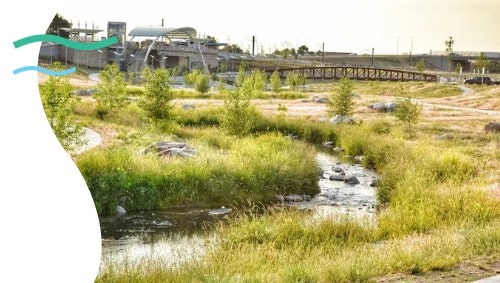Urban Stream Planning
Urban Stream Planning Overview

Planning is an essential part of MHFD’s Urban Stream Framework. The Planning stage involves identifying values-at-risk (i.e., flood hazards, degraded stream conditions, and future watershed changes) and various opportunities along a stream corridor and recommending actions to address them. This involves using data to determine what concerns should be elevated to problems and what actions would best mitigate them. Urban stream planning may include as few or as many assessment and planning scope items as necessary to achieve the goals and objectives of the study.
Urban Stream Planning Process

Need
Determine motivation: anticipatory, reactionary, or exploratory.
Scoping
The scope will influence the stakeholders, the capacity and budget needed to undertake the effort, and the questions asked in the assessment.
Assessment
Assess existing physical conditions and community values and compare them to expected or future conditions.
Concerns
Identify concerns and risks evident in the project area using the assessment results.
Problems
Define problem parts based on concerns, risks, and assessment results; prioritize problems with stakeholder input
Alternatives
Identify, evaluate, and prioritize actions and strategies to address problems.
Actions
Implement priority actions and monitor outcomes.
Stakeholders
Involving stakeholders in the steps will promote ownership and engagement in the process.
